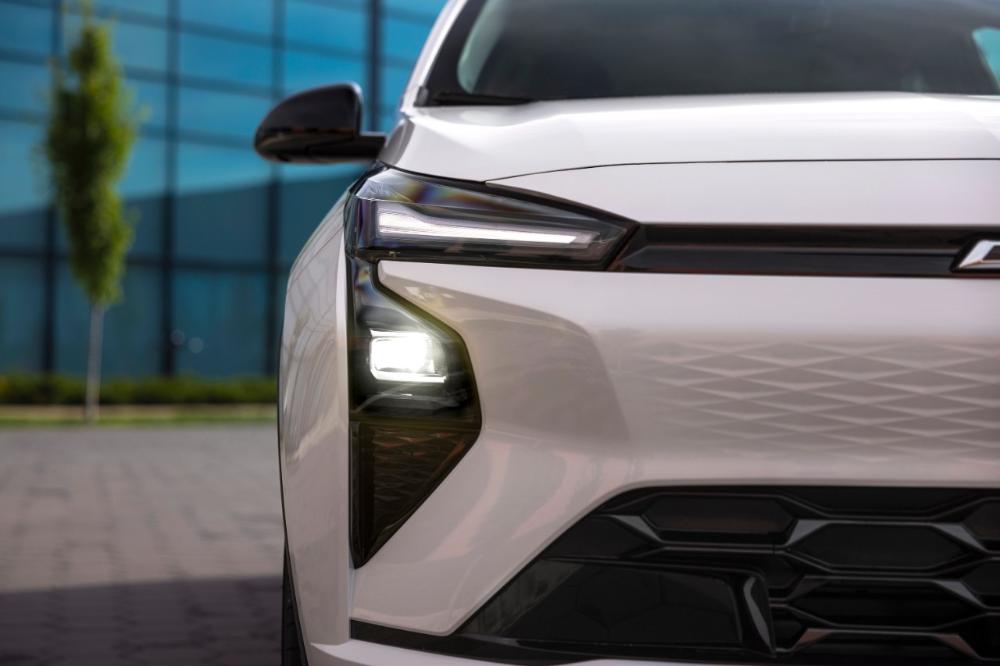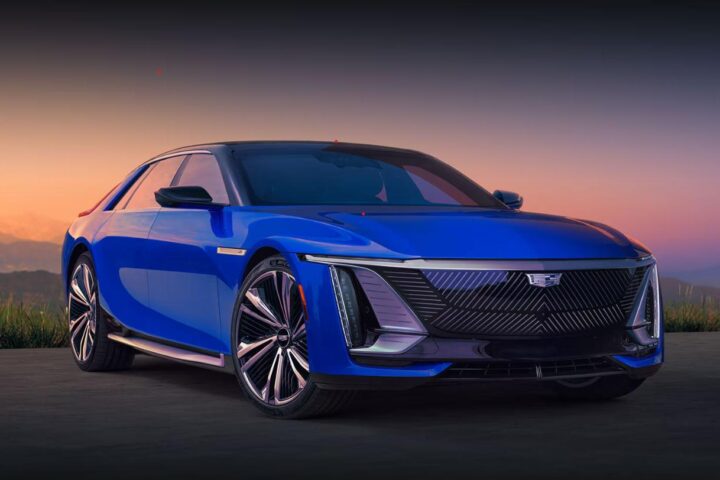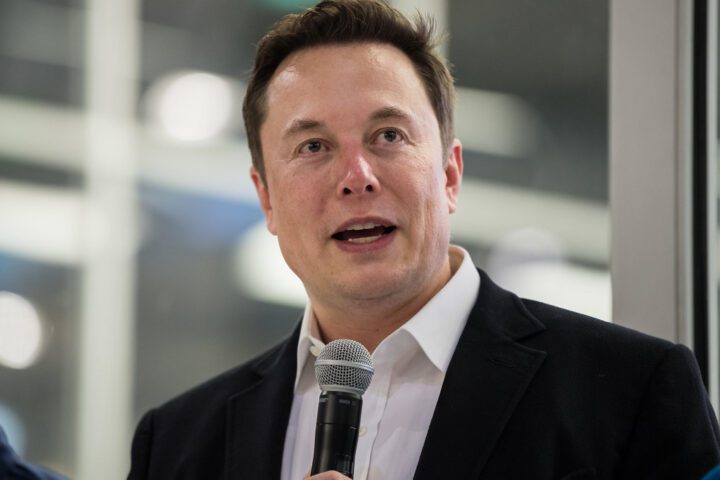General Motors announced that the Chevrolet Bolt EV, which ended production in December 2023, will return for the 2027 model year due to popular demand. The company released official teaser images showing updates to the front fascia and rear tail lamps, plus integration of a NACS charging adapter port.
Production will begin in late 2025 at GM’s Fairfax Assembly plant in Kansas City, Kansas. GM describes the original Bolt as “the first long-range, mass-produced EV available to customers at a truly affordable price” when it launched in 2017.

Battery Chemistry Switch Cuts Costs
The 2027 Bolt will use GM’s Ultium component set with lithium iron phosphate (LFP) battery chemistry. Initially, GM will import LFP batteries from China’s CATL for the next two years before producing more affordable EV batteries in collaboration with LG Energy Solutions starting in 2027.
GM CEO Mary Barra stated during the company’s Q3 2023 earnings presentation: “In the process, we are saving billions in capital and engineering expense, delivering a cost-improved battery pack using purchased LFP cells, we’re getting to market at least two years faster, and our unit costs will be lower.”
The second-generation 2027 Chevy Bolt EV will ride on the same BEV2 platform as the first-generation model, but with an updated motor and LFP battery chemistry. Spy photos show a body with the same general shape as the outgoing Bolt EUV, giving it a slightly taller and chunkier look than the original Bolt hatchback.
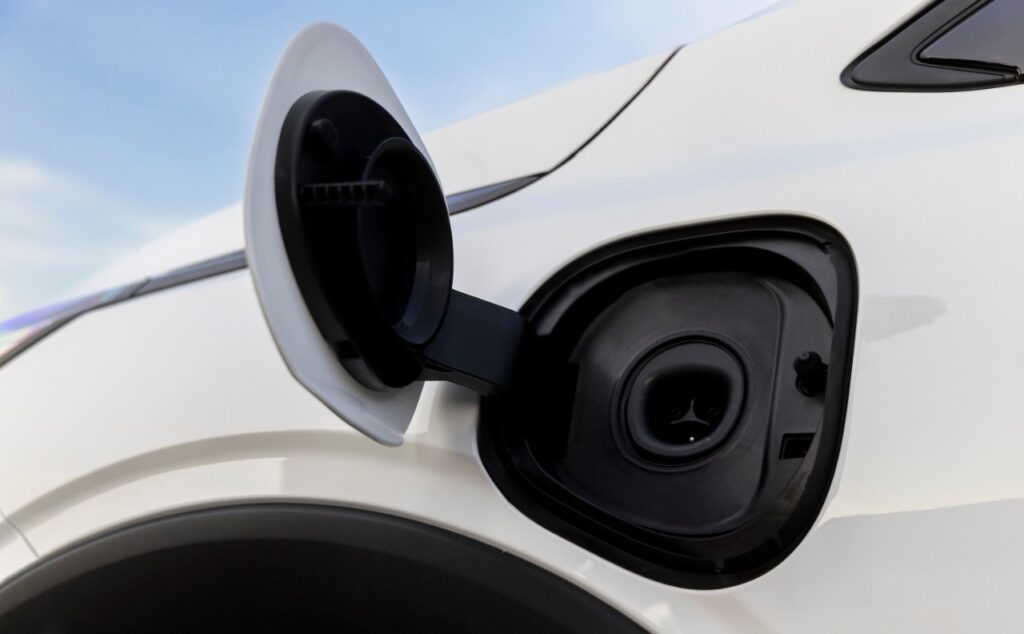
Tesla Supercharger Access Added
The 2027 Bolt will incorporate a NACS charging port, giving it access to the Tesla Supercharger network. The previous Bolt was held back by a peak DC fast-charge rate of 55 kW, which is expected to rise for the new model.
GM’s official announcement stated: “There will be updates to the front fascia and rear tail lamps, a NACS charging adapter port, and some other cool stuff that…we’ll show you later.”
Pricing Targets Affordability
GM President Mark Reuss said at the 2024 GM Investor Day that the next Bolt will be priced slightly higher than the 2023 model. “The price isn’t final yet, but it will be priced only slightly higher than the 2023 Bolt, which started at $28,795.”
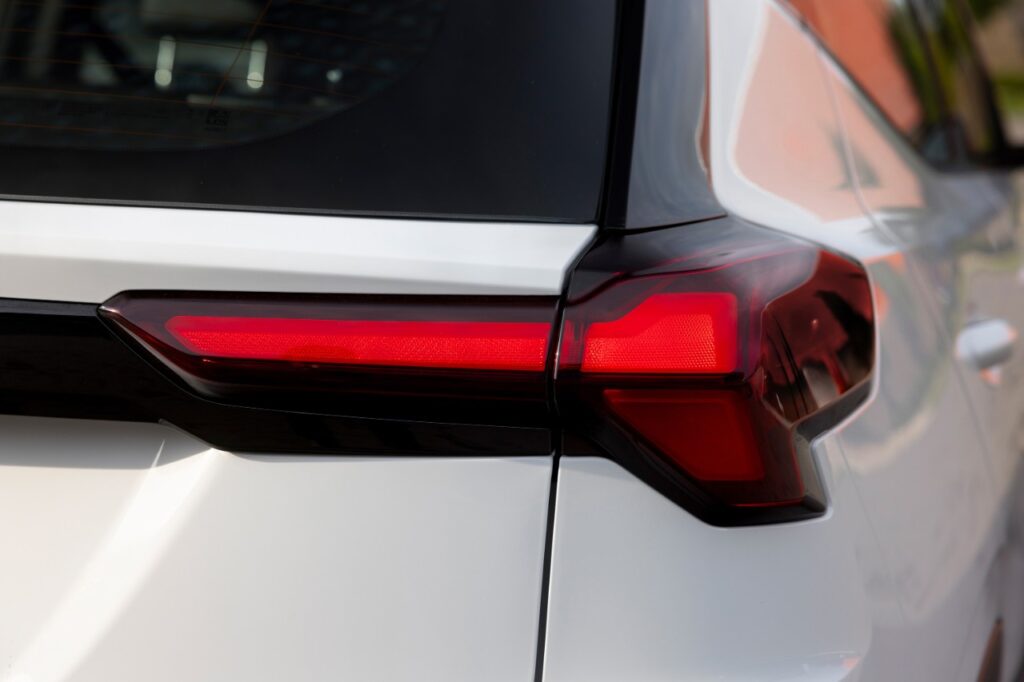
The Bolt will slot below the Equinox EV, which starts in the mid-$30,000s, in Chevy’s lineup. The Bolt’s price tag is widely expected to land at or around the $30,000 mark, making it among the most affordable electric vehicles available.
Range, Performance Numbers and Production Timeline
The new Bolt is expected to deliver near or close to 300 miles of driving range. The battery will use a lithium-iron-phosphate chemistry to keep costs low, and the Bolt is expected to achieve at least 300 miles of range. That would be an improvement over the 247-mile rating of the previous Bolt EUV.
In terms of power, the new model is not expected to exceed much more than the 200 horsepower and 266 pound-feet found in the outgoing model, and the Bolt will keep the single-motor, front-wheel-drive setup.
Production is due to start before the end of 2025. GM refers to the new Bolt as a 2027 model, so sales will likely start closer to the halfway point of 2026. GM also said it plans to make further investments in the Fairfax facility to produce a next-generation “affordable EV.”
The Bolt will be assembled at the Fairfax Assembly plant in Kansas City, Kansas.
Sales Past, Recall Background and Environmental Data
Despite a controversial recall for fires caused by defective batteries, the Bolt saw a surge in sales in its final years. The Bolt posted its best-ever yearly result in 2022 with 38,120 deliveries, before beating that figure in 2023, moving 62,045 units.
The battery fire recall began in 2020 and required GM to replace entire battery packs in affected vehicles. The original Bolt debuted in late 2016 and received an update in 2021 before being discontinued in late 2023.
A recent MIT study found that gasoline-powered vehicles, on average, emit about 350 grams of carbon pollution per mile over their lifetime, compared to only 200 grams per mile from EVs charged on the U.S. power grid.
LFP batteries eliminate cobalt from the battery chemistry and typically offer longer cycle life than nickel-cobalt-manganese batteries. The trade-off involves lower energy density per unit weight compared to other lithium-ion chemistries.
Platform and Technology Details
GM’s current Ultium battery cells utilize a nickel-cobalt-manganese-aluminum (NCMA) chemistry. The new LFP batteries will help GM save billions of dollars in capital and engineering expenses.
Barra stated: “This will be our first employment in North America of LFP technology in the Ultium platform.” The Equinox EV uses a 400-volt architecture and DC fast charging speeds max out at 150 kW, specifications that are expected to carry over to the new Bolt.
Market Context, Competition and Factory Outlook
There is a new Nissan Leaf on the way for 2026, and Tesla has promised a more affordable model to slot beneath its current Model 3. The average EV price in the U.S. currently runs approximately $55,000 according to industry data.
The new Bolt is expected to qualify for the full $7,500 federal EV tax credit thanks to the Ultium platform and focus on North American production and battery sourcing. This competes with other affordable electric pickup trucks and small EVs entering the market.

GM will use its Orion Assembly plant for the production of gas-powered full-size SUVs and light-duty pickup trucks starting in early 2027. Factory Zero at GM’s Detroit-Hamtramck facility in Michigan will be the dedicated site for production of the Silverado EV and Sierra EV.
The Road Map
The 2027 Chevrolet Bolt EV will return with updated styling, NACS charging compatibility, LFP battery technology, and production at the Fairfax Assembly plant in Kansas City. Pricing is expected to start slightly above the previous model’s $28,795 starting price, with the vehicle positioned below the Equinox EV in GM’s lineup. Production begins in late 2025 with sales starting in 2026 as a 2027 model year vehicle.
